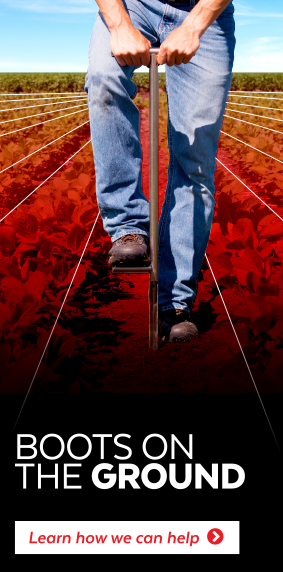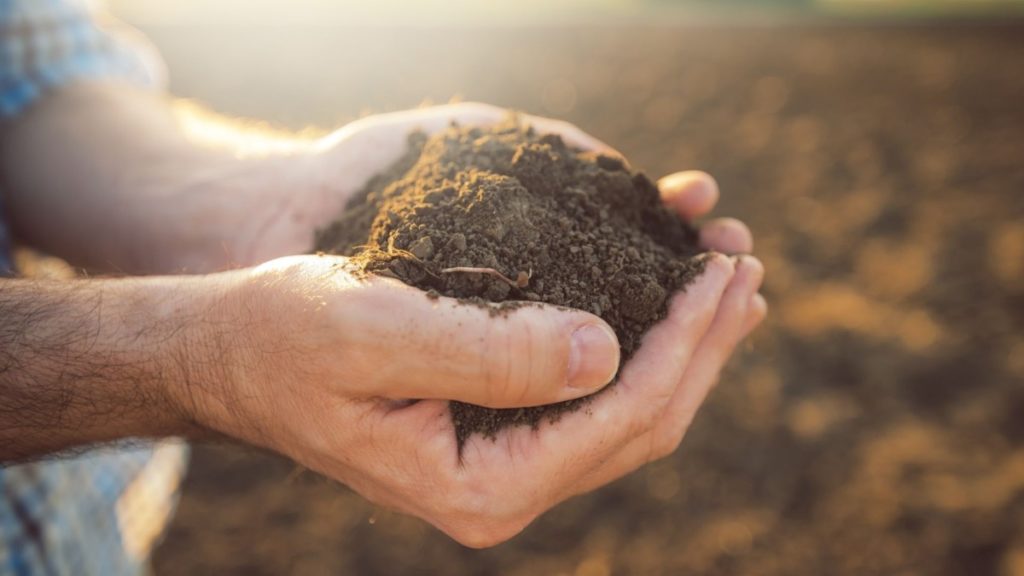Soil is the primary medium for sustaining crop and food production. As a non-renewable resource, managing soil is critical to ensure it can carry out vital functions. The E4 team will dig into what growers need to take into consideration to sustain and improve the quality of the soil.
Importance of Soil Health
In a field, the most productive area of the soil is the topsoil, but it’s also the most vulnerable part region. Poor topsoil will have a negative impact on your profits and reduce the productivity of your crops.
Soil Health Indicators
There are many indicators that you can use to get a rough idea of the health of your soil. These indicators include physical and biological soil properties such as:
- Presence of organisms (e.g., earthworms, etc.)
- Aggregate stability (an indicator of organic matter content)
- Bulk density (dry weight of soil divided by its volume) to determine soil’s ability to function as structural support
- Crusting soil (crusting presence indicates poor infiltration)
- Water infiltration testing (how much rain can soil handle in a given time period before run-off occurs)
Soil Health Evaluation
A grower can’t only rely on a few indicators to effectively gauge the overall health of the soil. To properly evaluate its true condition, growers can take advantage of soil sampling.
Soil sampling is a test that allows growers to gauge the overall nutrient levels in their fields. Soil is collected from a field (using a soil probe or auger), bagged up, and sent to an agricultural testing lab for analysis. The tests evaluate and identify micronutrients such as organic matter, pH, buffer pH, phosphorus (P), potassium (K), nitrate-nitrogen (N), calcium, and magnesium, along with a host of other available nutrients in the soil. Some labs, such as E4’s approved labs, will put together a comprehensive analysis report of each sample.
To see how nutrient levels change over time, soil samples are commonly collected every two to four years for most crops. The timing of the sampling depends on how fields are managed, whether manure has been applied, different conservation practices, crop history, etc. Soil testing is one of the most important tools that growers can leverage to improve soil quality.
Managing Structural Properties
Erosion
Soil erosion is one of the most damaging ways to quickly decrease topsoil and aggregate stability. As mentioned before, the soil is essentially a non-renewable resource, so doing everything possible to minimize its impacts is paramount. Luckily, there are numerous ways to manage erosion from wind and rain. Erosion management practices include:
- Planting cover crops to keep the ground covered the entire year
- Crop rotation diversity can increase the amount of crop residue left on the ground
- Utilizing no-till or strip-till methods to utilize crop residue as ground coverage
- Constructing terraces in terrain where a high amount of soil runoff is observed (mainly used in hillier regions)
- Planting vegetative buffer strips to trap sediment and slow wind speeds
Compaction
While erosion is the excess of wind and water taking soil away, compaction is the exact opposite. When soil compacts, it reduces water infiltration, decreases pore space, and inhibits root growth. Compaction management practices include:
- Having a proper tractor and implement tire inflation pressure to distribute the weight of equipment evenly over the ground surface
- Implement controlled traffic practices to designate specific areas for vehicle traffic and adjust those areas over time
- Stay off of wet soils
- Don’t drive over ripped soil again
- Utilizing cover crops or rotating species with variable root types to break up compaction layers
For more information about how to manage soil and soil sampling, visit E4CropIntelligence.com.

